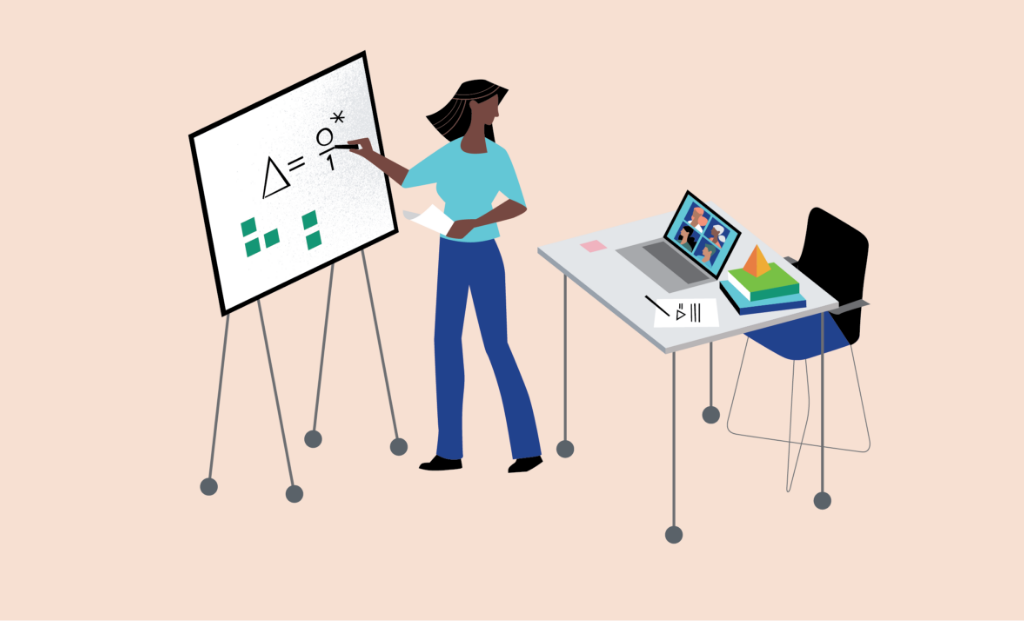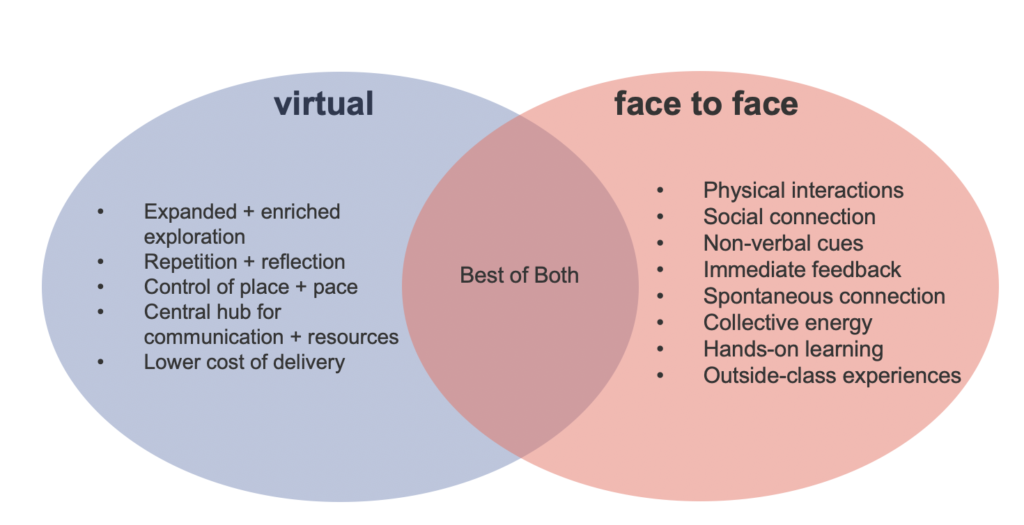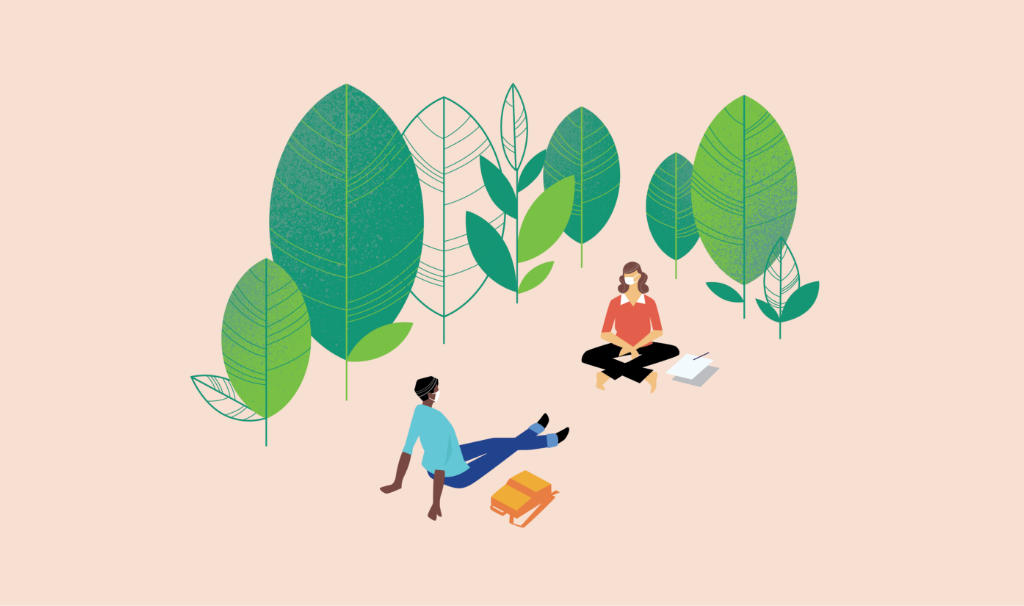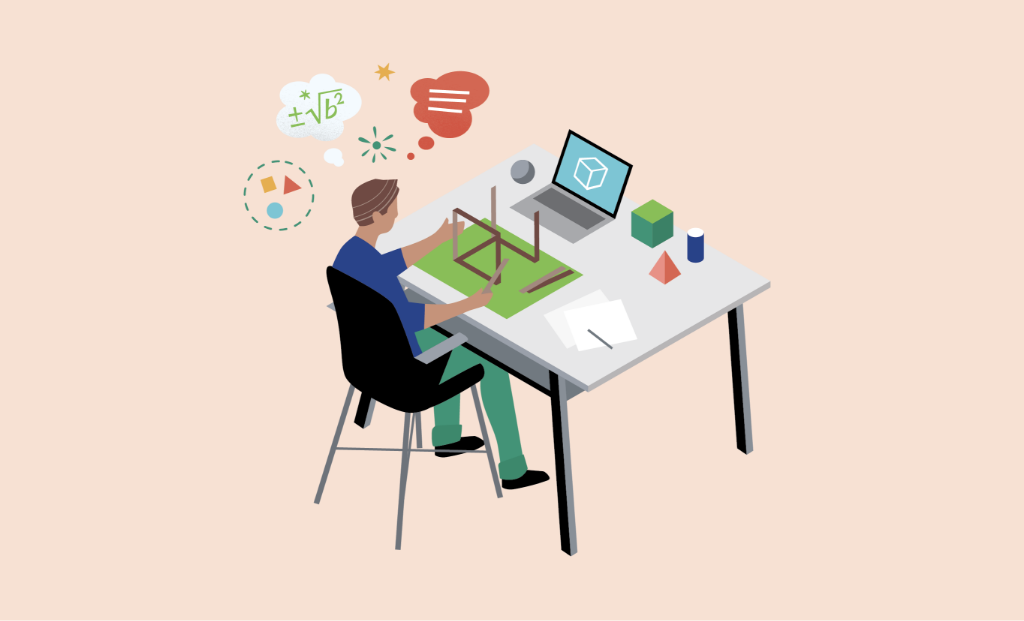At the height of the pandemic this spring, almost 1.6 billion learners in 193 countries were impacted by COVID-19. Schools, educators, students and parents were forced to find new way to learn and teach. For some, it means a heavily amplified use of online platforms, processes and tools already in place. Yet for many, this foray into remote learning and teaching is uncharted territory with a tremendously steep learning curve. For too many students around the world, it has meant their education has come to a screeching halt because they lack access to the basic technological building blocks — a device and internet access, with consequences for years to come. Furthermore, the closing of schools has shuttered in which they rely on for basic needs like meals, care, jobs or housing.
There is deep uncertainty around what the landscape of education will be in a post-COVID world. In the short term, schools are trudging their way through the school year, trying to find the safest way to ensure learning still takes place but it is really hard right now, where each new week seems to bring new challenges. In the longer term, COVID-19 brightly illuminated the need for new approaches, models and solutions.

At Steelcase, we believe strongly in basing all that we do in a human-centered foundation, deeply understanding the needs and experiences of the people we work with and the larger contexts in which they live, work, and learn. For the past months, we have kept a close connection to students, educators and schools listening and learning as they navigated these uncharted waters. Below is a bit of what we’ve learned over the past few months, speaking to both the short and long terms impact on education.
In May we connected with students and educators to see better understand how their transition to and experience of remote learning over the last couple months, here is what we learned.
- The preparedness of schools set the stage for remote learning + teaching experiences
The experiences of students and educators varied widely, from a single email to a bevy of communication, training, resources and support. Schools who had alignment and clarity in how they were going to proceed forward, as well as open, transparent channels of communication made for a better remote experience. Ensuring students had access to technology tools and a educator’s familiarity with tools + platforms also made for a better experience. Schools, or educators, practicing more student-driven, personalized pedagogies had an easier time adapting.

- Student + educator wellbeing is critical priority.
Students and educators predominantly felt like this was a challenging, overwhelming and frustrating experience. Yet when educators showed adaptability, accessibility + empathy, both the student and educator experience was positively impacted.
- Clarity, flexibility, communication, and effective use of robust digital tools made a big difference in the remote learning experience.
The balance of clear structure + flexibility, along with strong communication between educators and students were key elements of a successful remote experience. Effective use of digital tools + platforms impacted the remote experience.
- Physical space is more than just a space for learning
Educators and students their friends, colleagues and peers the most. The importance of being in the same place, building connection and community face to face and the intangible collective energy harnessed in those spaces was not replicable online. Students voiced moving to a different space outside their home impacted their motivation to learn while both students and educators remarked that the ergonomic support and the variety of settings in which to do work on campus were far superior to those at home.

- A hybrid + blended learning experiences built on student-centered pedagogy is best for the future
Now that educators and students had experienced both, they remarked on not wanting one experience over another yet a new hybrid, combining the strengths of virtual learning (with the strengths of face-to-face to create new learning and teaching experiences in the 21st century.
In stepping back and looking at the broader impact of COVID19 on education, we identified some key themes that may have longer lasting impact on education.
New ways of teaching + learning
Schools will explore new ways to bring technology into the learning and teaching experience like never before. It is no longer a question of why and if, but what and how. The need to hands-on, immersive learning experience mixed with the ability to share and collaborate virtually and in person, while information transfer accomplished in more engaging, effective ways online will have experiences become more of a blended mix between online and in person.

Centering wellbeing
Wellbeing was already beginning to take stage as an important focus for schools, yet this pandemic has forced it into the spotlight. The uncertainty, isolation and overwhelming nature of COVID-19 exacerbates the already existing crisis of stress, anxiety, mental health issues, and lack of coping skills for both students and educators. Schools will recognize that this is no longer a choice but a necessary focus.
Focus on development and practice of skills
Students and educators were thrown into the deep end of practicing adaptability, resilience, creativity and problem-solving, skills and dispositions that are needed to thrive in an uncertain future. While there was a growing emphasis on creating these experiences at school, they may accelerate even faster.
Addressing Inequity
The pandemic laid bare a lot of the inequities of the education system, especially in the huge disparities in access to resources and technology which directly impacted students’ ability to engage in learning. These equity issues, along with many others, may be more intentionally considered and solved for in schools and policy.

Stressing long standing structures
As parents and students have an even more difficult time to pay tuition in the current economic conditions, the value of a degree relative to its cost will be questioned more than ever. For some students, the pandemic will cause them to rethink the qualities they are looking for in a school, causing schools to reconsider their value proposition.
Emerging Partnerships
Industry has begun to look at new ways to partner with schools to ensure they and the communities they are embedded in have educated, skilled, and available talent, while schools seek to partner with industry for additional funding, innovative solutions, and stronger connections to the working world. This crisis has revealed the interdependencies between these sectors and the biggest shifts may occur at the intersections of K-12, higher education and workforce learning.
So, what does this all mean for this fall? As schools have started back up for the fall semester, significant changes to what this year looks like are evident. Remote + hybrid models of learning are the norm while on campus experiences have stepped up hygiene + health measures, smaller class sizes with students spaced farther apart, outdoor learning spaces, and wellbeing supports. To accommodate these smaller classes, schools are using large spaces like gyms and cafeterias in new ways, staggering schedules and expanding the length of day when classes are held. Some schools plan on ending their semesters early to avoid an expected uptick of flu and sickness in the winter. Yet we living in a dynamic time, where things are changing rapidly and new considerations and events disrupt the plans schools did put in place, which feel like they can change by the week.
This all means big changes for the physical environment.
In our Steelcase Navigating What’s Next Guide: Post COVID Learning Spaces, we offer strategies for adapting the physical environment to create learning spaces that are as safe as possible. We share design considerations and thought starters as well as safety guidelines.
This is a pivotal moment in education. By deeply understanding these experiences and looking toward the future of education, we will continue to reimagine, reinvent and redesign supportive, effective learning spaces for the 21st century and beyond.

